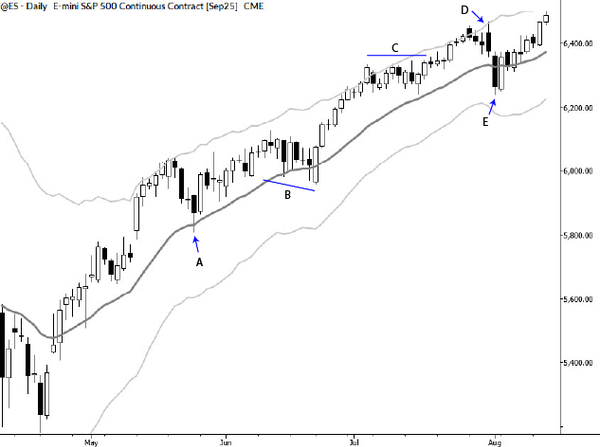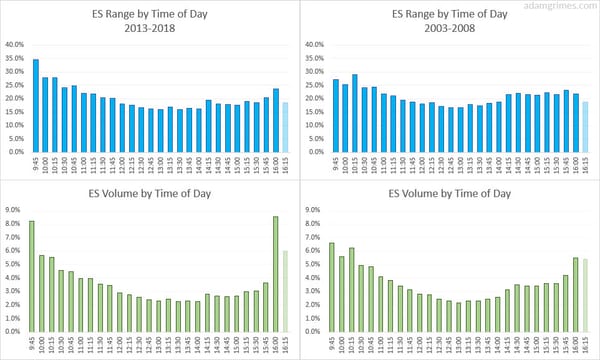The Art and Science: A Deeper Look (2/2)
This is the second post in a two-part series, taking a deeper look at the contents of my new book, The Art and Science of Technical Analysis, to be published early 2012. The first post can be found here.
PART IV: THE INDIVIDUAL, SELF-DIRECTED TRADER
CHAPTER 12: THE TRADER’S MIND
Much of the book was written to be as applicable to the individual trader as to the trader/manager in an institutional setting. However, Part IV is specifically addressed to the individual trader, focusing on issues of psychology and trader development. (These may be relevant to the institutional trader as well, but in a slightly different context.) This Chapter covers some ground that will be familiar to readers who know the trader psychology literature, beginning with how very useful evolutionary adaptations actually mutate into cognitive biases and actively work against us in the marketplace. The subject of intuition, initially introduced in Chapter 2, is revisited, along with a substantial section on the Flow experience and its relationship to learning and skill development. The Chapter ends with some very useful tips for managing the psychological stresses of the trading process.
CHAPTER 13: BECOMING A TRADER
In some ways, this was the most difficult Chapter to write, as the challenges and developmental stages will differ from trader to trader. However, my argument is that most traders who fail do so because they do not understand the nature of the process or the challenges they will face. This Chapter provides a realistic perspective on these challenges and, hopefully, better equips the developing trader to endure and, eventually, to succeed. Perhaps even more importantly, this Chapter concludes with an in-depth look at some tools and specific techniques for performance analysis. Very, very few individual traders, whether at home or in a prop environment, do this analysis, and it is important for a trader's growth and development..
PART V: THEORY AND QUANTITATIVE ANALYSIS
CHAPTER 14: ACADEMIC THEORIES OF MARKET BEHAVIOR
Most individual traders tend to ignore the work of academic researchers, perhaps because they are uncomfortable with the conclusions or they don't understand the perspective from which most of these researchers begin. This Chapter surveys some of the important milestones in academic thought, and connects them to some schools of though that explain why traders may be able to profit.
CHAPTER 15: TOOLS FOR QUANTITATIVE ANALYSIS OF MARKET DATA
Quantitative techniques are nothing more than tools to understand how the markets usually move. This Chapter presents a few simple techniques that anyone with a good grasp of high school-level math can understand and begin to apply to their own trading. It is a misconception that quantitative analysis has to be complex or involve advanced math; many times, a simple average or count is all that is needed. However, tools and techniques must be deeply understood, so this Chapter concludes with some warnings against sloppy quantitative thinking.
CHAPTER 16: CASE STUDIES
This Chapter, in some ways, is the heart and soul of the book. All of the trading techniques, patterns, and ideas rest on price tendencies that can be verified through quantitative studies. Using a technique called Pythia™, I first examine several ideas that are commonly used (moving averages, Fibonacci ratios, and the Opening Range), and find little or no evidence that they provide any edge beyond what could be achieved by a coin flip. The Chapter ends with a look at several ways to quantify the two underlying forces of price action: mean reversion and range expansion. Again, there is information here that I have never seen in print, and significant evidence of trading edges that you can adapt for your own work.



